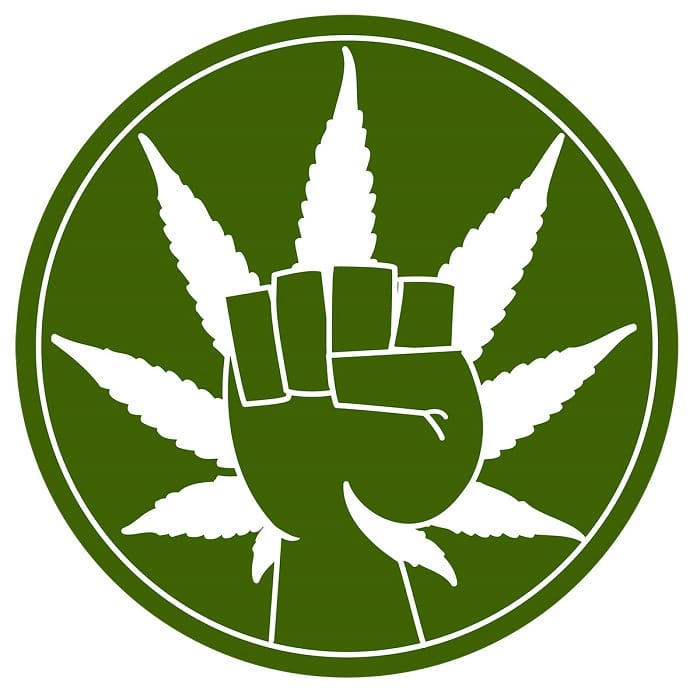Essay on Legalization of Marijuana
The legalization of marijuana is a very debatable topic in the U.S. today, and it is usually discussed not only in medical circles but also by ordinary people. There exist two quite different positions on the issue because about half of Americans are calling for the absolute legalization of marijuana (not just for medical purposes, but also for personal use, or as the media says to “entertainment”), while the other half of the citizens of the United States considers marijuana to be a very harmful drug and refers to it rather disparagingly and with a great caution because this light drug is still not fully understood by scientists. Thus, as there exist two different points of views regarding the same issue, we are going to discuss this topic with all the necessary details.
The first issue to discuss can be seen in the fact that deadly harm of marijuana is not fully proved still, so opponents of this plant legalization have not enough evidences to stop the process of legalization. It is necessary to mention that there are no enough evidences to the safety of marijuana, so both the supporters and the opponents of the legalization of marijuana are in the same position. According to Earleywine (2002), there are only several researches were made by scientists, and these researches claim that marijuana is useful, for example, for people with different hard diseases such as AIDS, leukemia, migraine, insomnia, loss of appetite, nausea, and a number of other ailments (pp. 52-63). Moreover, according to Kreit (2003), some researchers state that marijuana, being a unique plant, has many miraculous properties that can help to prevent the development of cancer, treat eye inflammation, eliminate the effects of chemical and radiation therapy in patients with cancer and AIDS, elevate mood and evoke optimism during its use (as opposed to alcohol, leading to depression and suicide) (pp. 78-85). Thus, since the day when the United States allowed the use and possession of marijuana for medical purposes, this narcotic plant became a center of a boom in business activity.
The second issue of our discussion has its focus on the use of marijuana for medical purposes. It is important to note that currently marijuana for medical purposes is allowed in many states and it goes without saying that there exist strict rules regarding this issue, and the legal use of marijuana for medical purposes is normal and possible only by a doctor’s prescription, in the case of the above mentioned diseases, and many more others. While each state has its own rules and regulations regarding marijuana use, and these rules vary widely. To be more detailed in the issue, according to Gerber (2004), it was proved that the use of marijuana and its derivatives (cannabinoids) has shown themselves to be effective in the treatment of epilepsy, anorexia, asthma, migraines, arthritis, diseases of the spine and musculoskeletal, the treatment of premenstrual syndrome, hypertension, etc. (p. 87). For instance, in glaucoma marijuana relieves intraocular pressure and it leads to a slowdown of the process or it stops the progression of the disease. Some studies show that marijuana can slow the progression of certain types of cancer. In addition, cannabis and its derivatives have a positive effect in the treatment of affective disorders and a variety of mental health disorders – depression, post-traumatic stress disorder, obsessive compulsive and panic disorder, bipolar disorder, and insomnia.
The third issue to discuss can be seen in economic sphere because the legalization of marijuana can be useful for American economics, especially in terms of the budget deficit in the country. According to Raghavan (2014), the legalization of marijuana could bring the US to 17.4 billion dollars of new tax deductions (p.93). In 2014, marijuana traders could bring Colorado over 100 million dollars, and almost 40 million will be spent on building schools and promoting healthy lifestyles. So, tax on marijuana could help a lot, and it would be wrong to give this money to criminals because all the money and taxes can fill the country’ coffers.
In addition, there exists an opinion that legalization of marijuana reduces crime. According to Caulkins et al (2012), in 2010, the United States produced 780,000 arrests related to the dissemination and use of marijuana, and nearly 40 thousand people went to jail (p. 51). The legalization of marijuana will reduce the number of people arrested and will save much money on their maintenance in prisons. Moreover, according to supporters of the legalization, such an approach may reduce interracial tension in the states because in cases involving distribution and consumption of marijuana, black teens are detained nearly four times more likely than their white peers. As a result, it is inefficient to spend billions to combat drug trafficking because it still makes no sense. To add, Kilmer (2010) mentioned that a huge amount of money is spent on police, lawyers, courts, prisons, but the rate of use of marijuana is not reduced, but on the contrary, is growing steadily (p. 32). In such a way, prohibitions on the use of marijuana does not lead to a decrease in its consumption, but they lead to the formation of organized crime and smuggling, and to imprisonment of almost harmless smokers.
In conclusion, we have discussed the issue of legalization of marijuana with many details and showed that the legalization of marijuana in the US is important for the rest of the world because in a case of success, this experience will be an example for other countries and it can help in the global fight against drug trafficking, which is currently at an impasse and provoke social tension in third world countries.
Do you like this essay?
Our writers can write a paper like this for you!



